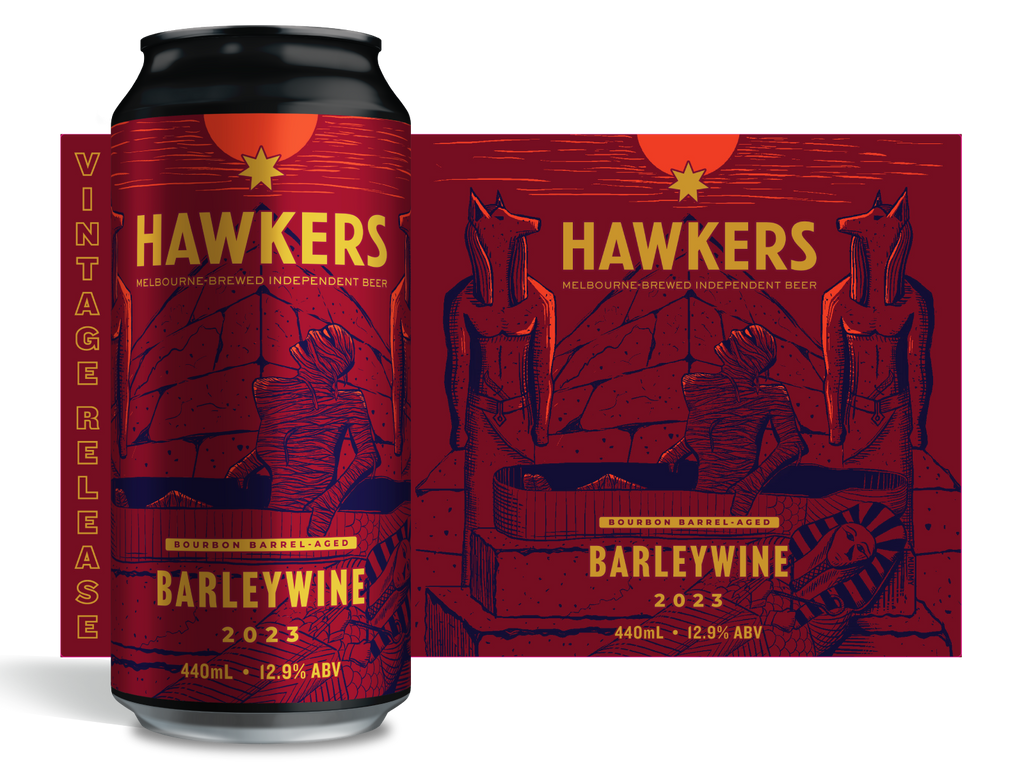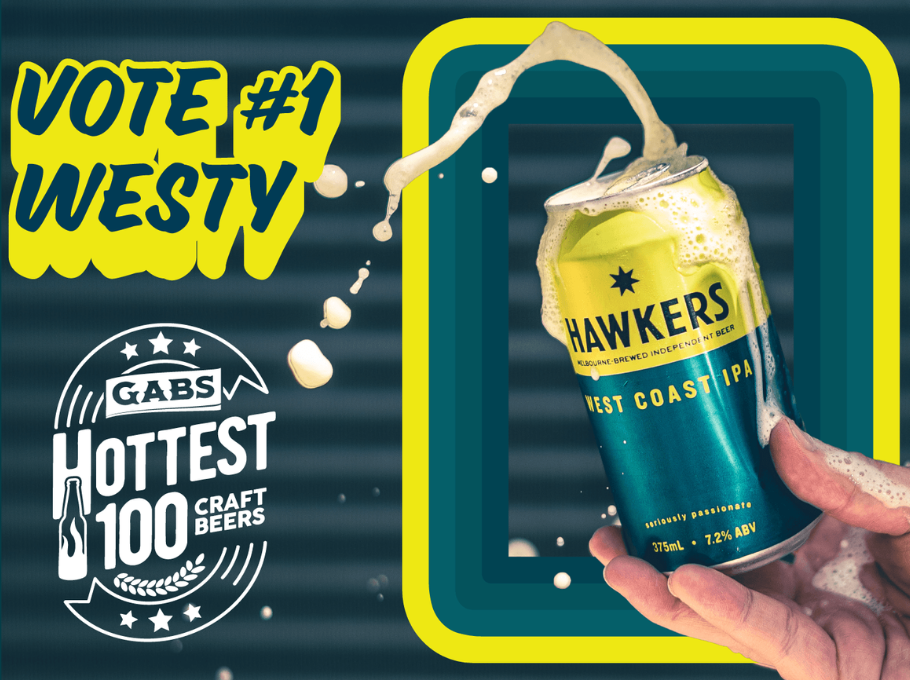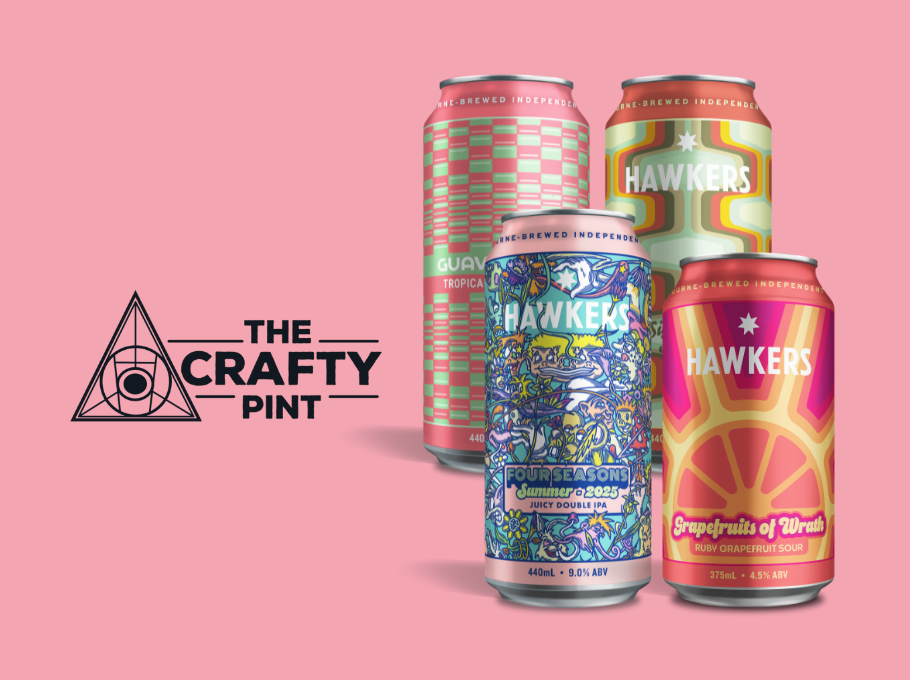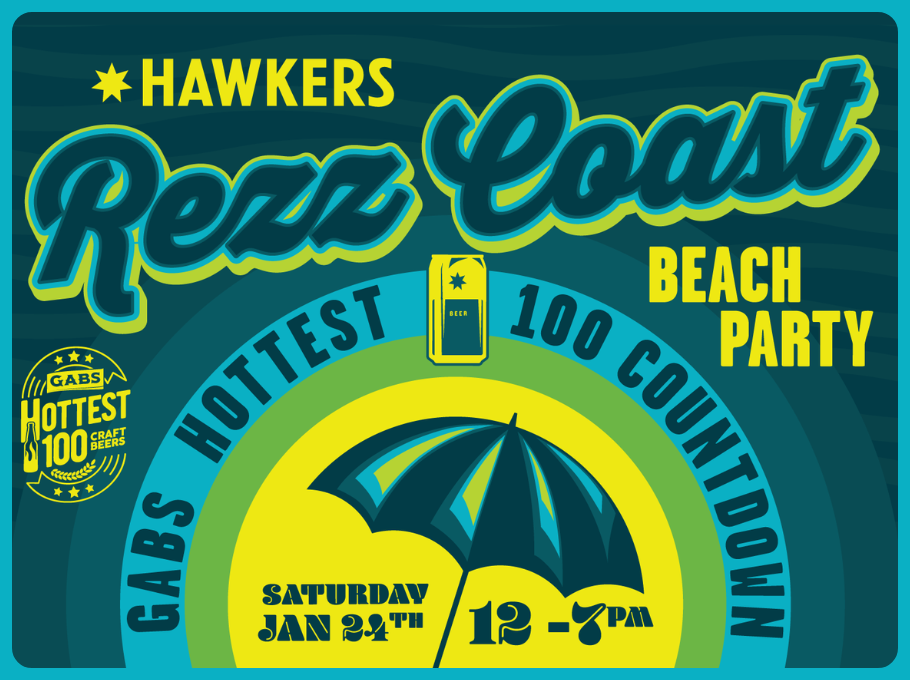With the [ongoing] rollout of the 2023 Hawkers Vintage Series, it might become apparent that there is a common thread in the label artwork that ties them all together. This year’s releases each feature a unique creature, legend, or monster that has been dreamed up in literature, mythology, lore, cultural history, or film—the more classic in nature, the better. As our Vintage Series generally comprises beers that are big, unapologetic, barrel-aged, and not to be trifled with, the theme seemed to fit well.
If you attended any of the GABS events, or taken a look at the banner image for this blog, you’ve seen the thematic parent for the series. You likely know the rough story, but the (very) short version is this: Dr Jekyll drinks a serum of his own making in order to partake in his vices without shame, thus transforming him into Mr Hyde, able to indulge said vices freely and without regret while disguising his true identity. Eventually, Hyde begins to take over involuntarily. I won’t spoil the rest, but the ending isn’t happy.
The imagery of Jekyll / Hyde seemed appropriate as an overarching theme to this series, representing a transformation in character. Similarly, our Vintage beers go into a barrel and come out changed, developed, refined. The ageing process can sometimes have elements of unpredictability, both good and bad. In general, however, the beer gains complexity and depth in the barrel—arguably a point of difference to the story of Jekyll and Hyde, but the parallel is a fun one, anyway.
As we release new Vintage Series beers, they’ll be added to this blog so as not to spoil upcoming releases. Hint: there are some absolute belters coming up. You can click on the beer below to jump to that section of the page.
- Imperial Stout (2023) - Grim Reaper
- Barleywine (2023) - Frankenstein's Monster
- Rum Barrel Aged Imperial Stout (2023 - The Kraken
- Bourbon Barrel Aged White Stout (2023) - The Krampus
- Maple Barrel Aged Imperial Stout (2023) - Wendigo
- Bourbon Barrel Aged White Stout - Tiramisu Edition (2023) - Leviathan
- Bourbon Barrel Aged White Stout - Strawberries & Cream Edition (2023) - Blood Mary
- Double Bourbon Barrel Aged White Stout (2023) - Yeti
- Bourbon Barrel Aged Imperial Stout (2023) - Headless Horseman
- Bourbon Barrel Aged Imperial Stout - Peanut Butter & Jelly Edition (2023) - King Kong
- Bourbon Barrel Aged Double Imperial Stout (2023) - Dracula
- Bourbon Barrel Aged Imperial Smoked Stout (2023) - Witch
- Bourbon Barrel Aged Barleywine (2023) - Mummy
- Apple Brandy Barrel Aged Barleywine (2023) - Godzilla
- Willett Family Estate Rye Whiskey Barrel Aged Double Imperial Stout (2023) - Medusa
- Willett Family Estate Rye Whiskey Barrel Aged Barleywine (2023) - Cerberus
- Willett Family Estate Bourbon Barrel Aged Rye Wine (2023) - Cyclops

Imperial Stout (2023)
10.5% ABV
The Grim Reaper
This beer is arguably the ridgy-didge of our Vintage Series, which likely extends as a mostly universal truth to most breweries with a vintage program. Another (mostly) universal truth is a fear that nearly every person on this planet is familiar with—death. It seemed that the best representation for the cornerstone of our Vintage Series was itself a cornerstone of the macabre. The Grim Reaper is a personification of death, which has roots in Black Plague era Europe (no surprises there). The black robe is paralleled to the robes the priests wore while conducting funerals, while the scythe has the obvious (albeit sinister) imagery of ‘reaping souls’. There is also some influence drawn from a combination of the Greek god Chronos and the Titan Cronus, often mashed into one mythological icon representing time and harvest. That being said, nothing lasts forever, which is a hard truth that can found at the bottom of a can of 2023 Imperial Stout. Back to top
Back to top

Barleywine (2023)
11.2% ABV
Frankenstein’s Monster
Mary Shelley’s novel Frankenstein is the classic of all classics, taking a rightful place among the top ranks of the world’s greatest literature. Using the iconography of Frankenstein’s Monster was simply an obvious choice, though the story certainly raises the question of who the real monster is. For the unfamiliar, Dr Frankenstein, young and perilously motivated, sets off to university and begins pouring himself into creating life (short version, at least). Instead of the joy of triumph he expected to find upon his eventual success, he finds immediate and monumental regret, loathing his own creation prompting him to flee his lab. The monster escapes and immediately finds he is not accepted in the world, percolating into an unattainable longing to be loved and an unwavering quest for revenge on the doctor for bringing him into a joyless and painful existence. Both are miserable, and nobody wins. But, if you’re drinking this Barleywine, you win. Maybe if Shelley’s characters all had sat around and cracked one of these together, they could have worked through some stuff.

Rum Barrel Aged Imperial Stout (2023)
13.0% ABV
The Kraken
Originating in Norse folklore, the story of the Kraken has certainly evolved over time and become something of a pop culture icon; while most of us presumably haven’t sailed the Scandinavian seas in our lifetime, we’ve still heard of the terrorising octopod that eats ships. It’s not unlikely that the myth would have originated from the sighting of a giant squid, only becoming embellished with every retelling of the tale. In any case, the beast seems to appear in some form or another somewhat frequently throughout history, and if you’d never seen a giant squid or an octopus before, it’d probably scare the scurvy out of you, too. In contemporary terms, the Kraken has become associated with pirates, and by extension, rum. Nevermind a certain spiced-rum that pulls branding from this very myth—these barrels were not those barrels.
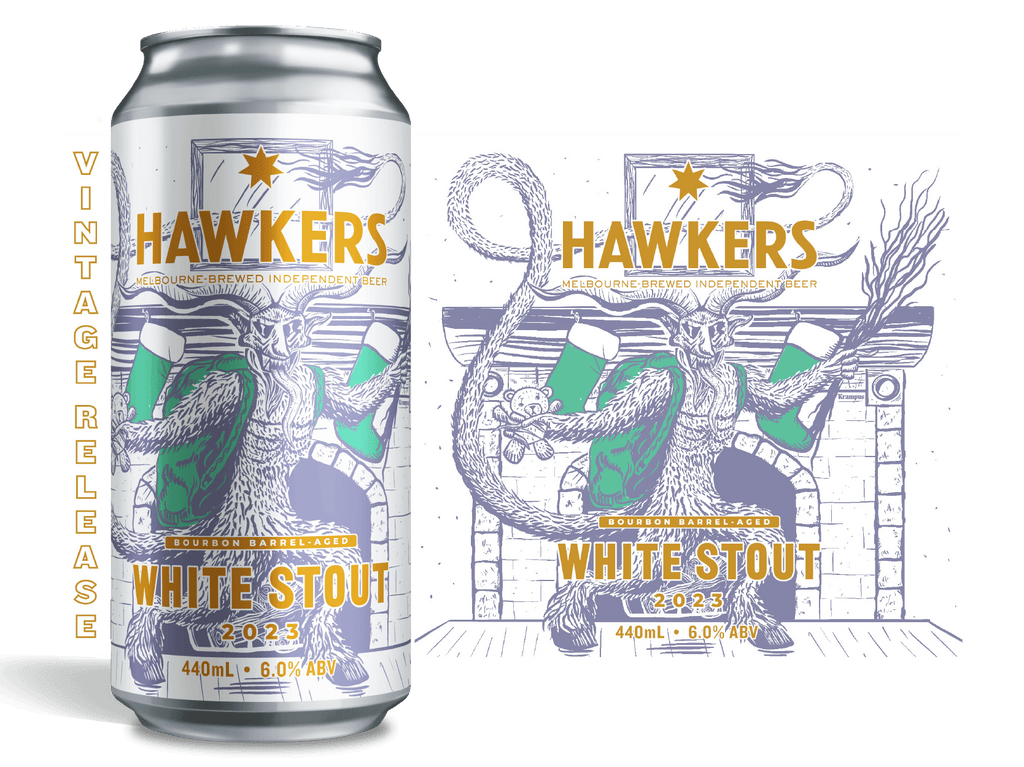
Bourbon Barrel-Aged White Stout (2023)
6.0% ABV
The Krampus
As a creature seen as the antithesis of Santa Claus, the Krampus has roots in European folklore as a goat-like beast that would kidnap children and punish (or maybe eat) children who were naughty—markedly more sinister than the lump of coal in the stocking at Christmas that kids these days are promised for misbehaving. Usually depicted with a bag or basket (for carrying children, of course) and a bunch of twigs/sticks for punishing his haul, I think it’s safe to say some of the fairytales back in the day were a little excessive. In any case, the parallel of the Krampus as a representation of Santa’s opposite (the ‘anticlaus’?) is a great allegory for the White Stout as being the opposite side of the same coin to a conventional stout; light vs dark, angel vs demon, etc.

Maple Barrel-Aged Imperial Stout (2023)
11.8% ABV
Wendigo
Native American folklore about the wendigo originates in the north woods of the USA’s midwest and Canada. As the story goes, the wendigo is largely associated with cannibalism, particularly in periods of extreme cold, famine, and starvation. Short story is once an act of cannibalism is committed, a person becomes or is possessed by the wendigo, from then hungering only for human and never satiated. The name pops up in a number of Native languages, but the general vibe is the same—a beast or spirit that personifies greed and gluttony. Interestingly, when a wendigo consumes a person, it simply increases in size instead of becoming full, thus is forever hungry no matter how much it eats. Originating in the northern forests that contain many of the sugar maple trees used to produce maple syrup, the lore was a great match for the Maple Barrel Aged Imperial Stout.

Bourbon Barrel-Aged White Stout - Tiramisu Edition (2023)
6.0% ABV
Leviathan
The Leviathan appears in a few Biblical passages, and in short it’s a sea serpent that represents a physical form of evil. It has come to also generally refer to a beast in a more generic sense of the term, but every monster has roots. Does it have a specific or even tenuous link to white stout or tiramisu? No. But, you can’t win them all—had there been some sort of mythical chocolate monster, I’d have gone with that.


The Yeti is another of those beasts that hardly needs an introduction. Regarded by many as something of a Himalayan version of Bigfoot, that pretty much sums up the vibe. The word 'Yeti' is an evolution from Tibetan language, where the folklore originated (though other stories do pop up in other places, such as Siberia). It's commonly described as a massive furry hominid with sharp teeth, though Tibetan lore incudes a version, the "Rang Shim Bombo", that's only 3-5ft tall. How adorable.



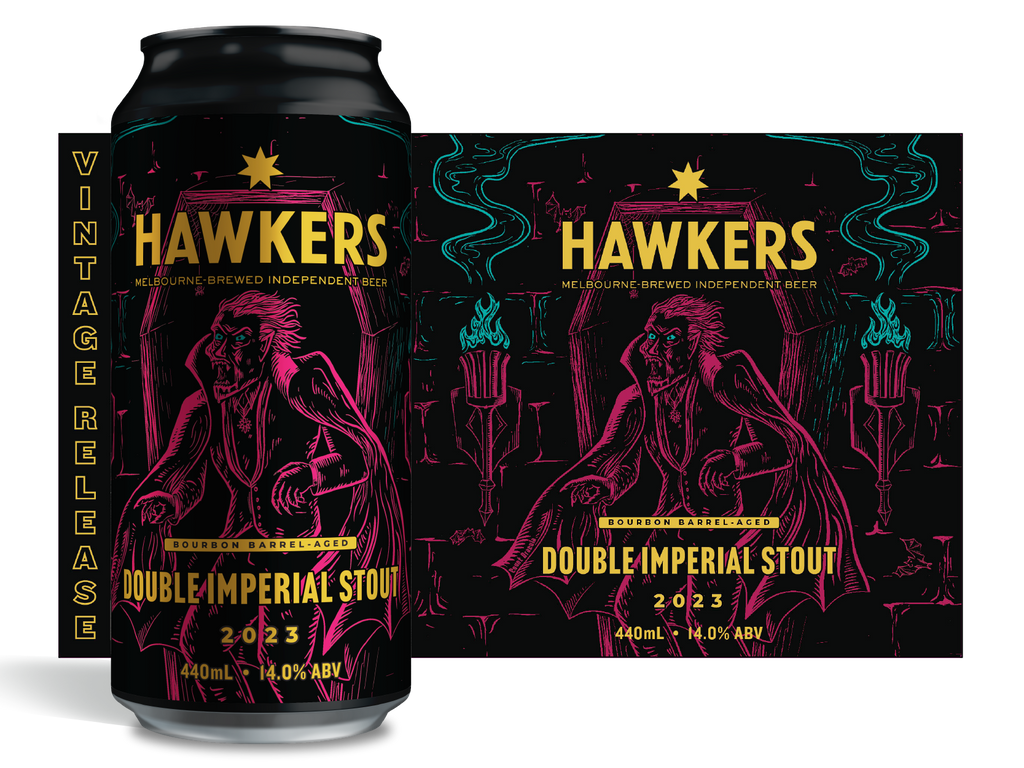


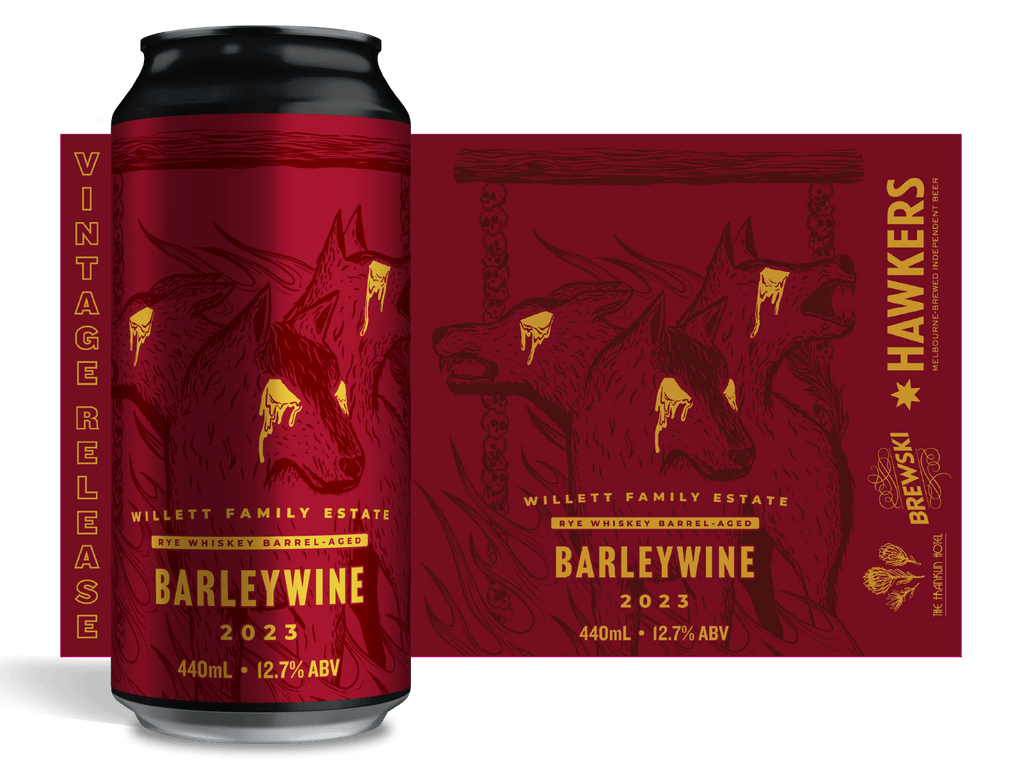

Got a favourite label or illustration? Let us know by commenting below! Conversely, tag us in a post on Instagram—we'd love to hear from you.



